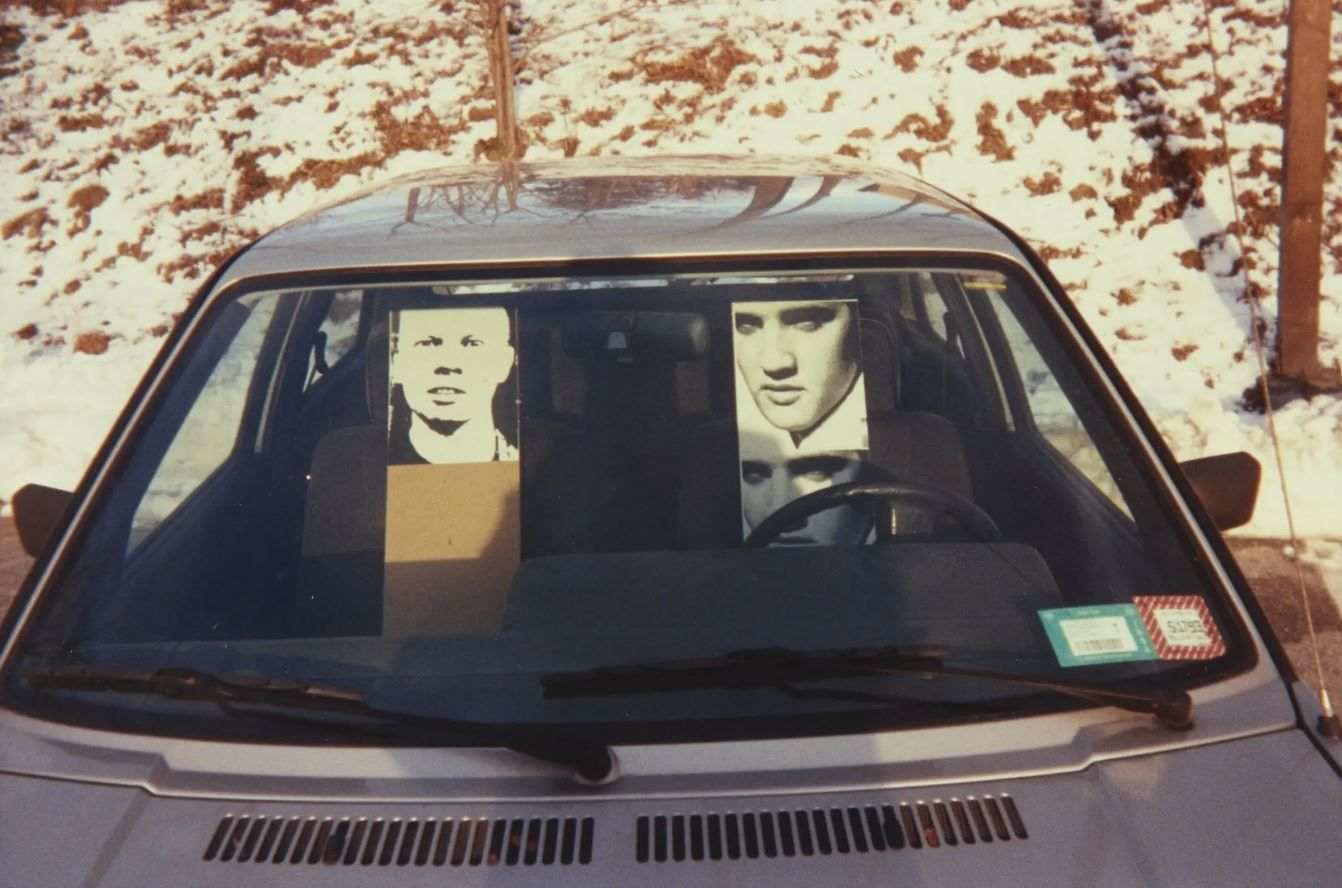If the American artist and downtown New York personality Ray Johnson (1927-1995) hadn’t destroyed his early abstract works, he probably would have been a well-known name in the art world. Instead, Johnson embarked on a new path, one that included the production of collages, the exploration of photography, and the sending of mail art via the postal service; nevertheless, Johnson did not pursue photography with the intention of becoming a “art photographer” or darkroom practitioner. Johnson was very enthralled by vernacular photography. He utilised photos from periodicals as a source of inspiration, took pictures using disposable cameras, and repurposed photo booths as makeshift painting studios. In the end, he left behind over 3,000 colour images, the most of which were created in the last three years of his life and remained largely untouched for three decades. The fantastic and jam-packed show entitled “Please Send to Real Life: Ray Johnson Photographs” at the Morgan Library & Museum features dozens of the photographer’s works.
Johnson, who was born in Detroit, made his name in the American art world of the avant-garde movement during the 1940s and 1950s. After graduating, he moved to New York and lived in the same building as composer John Cage and dancer Merce Cunningham. This exhibition features a photograph taken by Hazel Larsen Archer in 1948 and titled “Ray Johnson at Black Mountain College.” The photograph shows the back of Johnson’s head, rather than his face, which is a typical expression of how Black Mountain artists tried to look differently at everything from painting to portraiture.
Later on in his career, Johnson worked as a graphic designer and also served as an assistant to the painter Ad Reinhardt. Johnson maintained an experimental approach despite the fact that he made commercial work (among other tasks, he produced book covers for New Directions publishing). He favoured untidy lyrical and philosophical gestures over shiny things. This is shown in photographs such as “Bill and Long Island Sound” (1992), in which the artist holds the blue bill of a cap over the coastline such that it like a crescent moon. Other works include shadows, silhouettes, writing in the sand, or Johnson’s collages and cardboard signs put inside phone booths, public monuments, or natural settings. Other works comprise shadows, silhouettes, writing in the sand.
The term “pop artist” has been used to Johnson on several occasions, and similarities can be seen between his preoccupation with the flourishing celebrity culture of the 1950s and that of other artists such as Andy Warhol. This long-running project of Johnson’s was titled “Movie Stars,” and it comprised of photomontages and collages constructed with cardboard. Each piece was around three feet high and contained the faces of famous people, as well as Johnson’s distinctive comical bunny. These works also acted as a type of archive, providing a comprehensive record of entertainers and politicians such as Marilyn Monroe, Elvis Presley, and Bill Clinton, among many others. Johnson even regarded corporations or their mascots as celebrities, as shown by the fact that Mickey Mouse, Ronald McDonald, and Pepsi-Cola featured in words and photographs created by Johnson.
In addition to this, Johnson would regularly initiate a discussion with a famous person. The photograph was taken of two cardboard works titled “Headshot and Elvises in RJ’s car.” Johnson is mentioned in the same works as other notable figures, such as the poet Arthur Rimbaud and the musician David Bowie.
In the same manner that Johnson destroyed his early paintings, turning his back on the surest means to build a successful art career in New York City in the middle of the 20th century, he withdrew from the competitive environment of Manhattan. After moving to Locust Valley, Long Island in 1968, he participated in just two solo exhibits after 1978, the most recent of which was held in 1991. However, he continued to create work and found inspiration from painters like as Joseph Cornell, who was well-known for his box assemblages and resided on Utopia Parkway in the borough of Queens.
